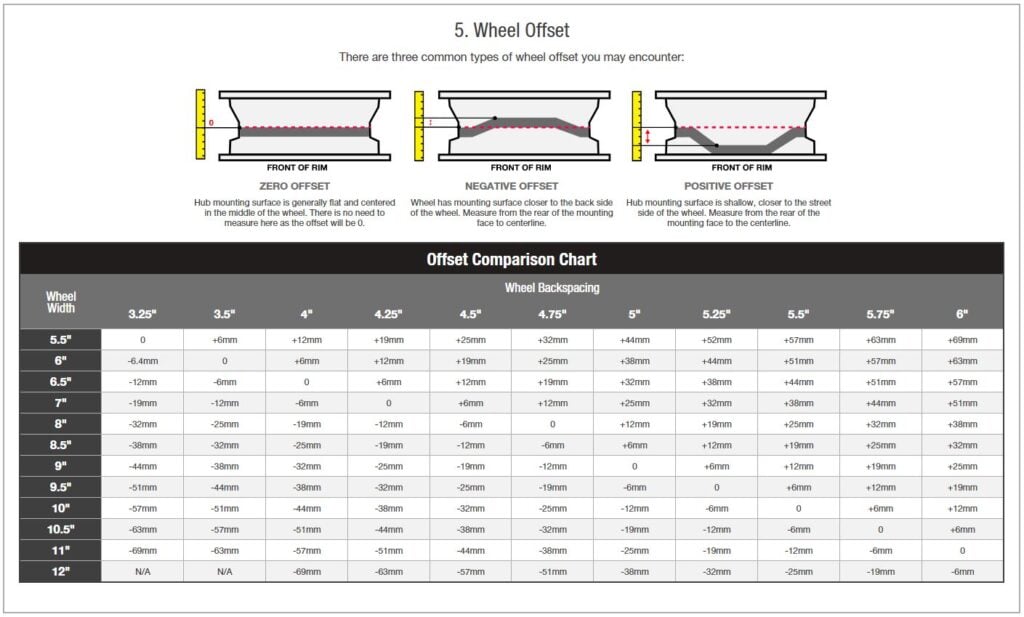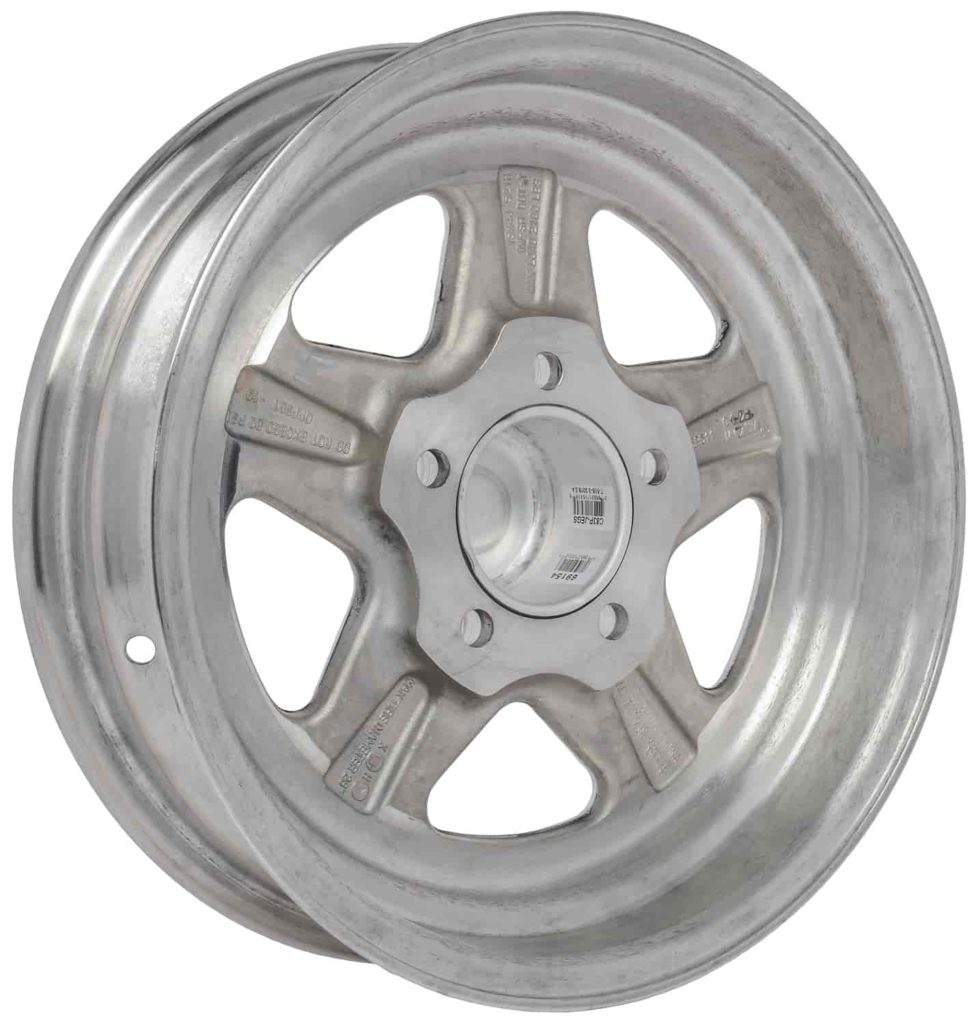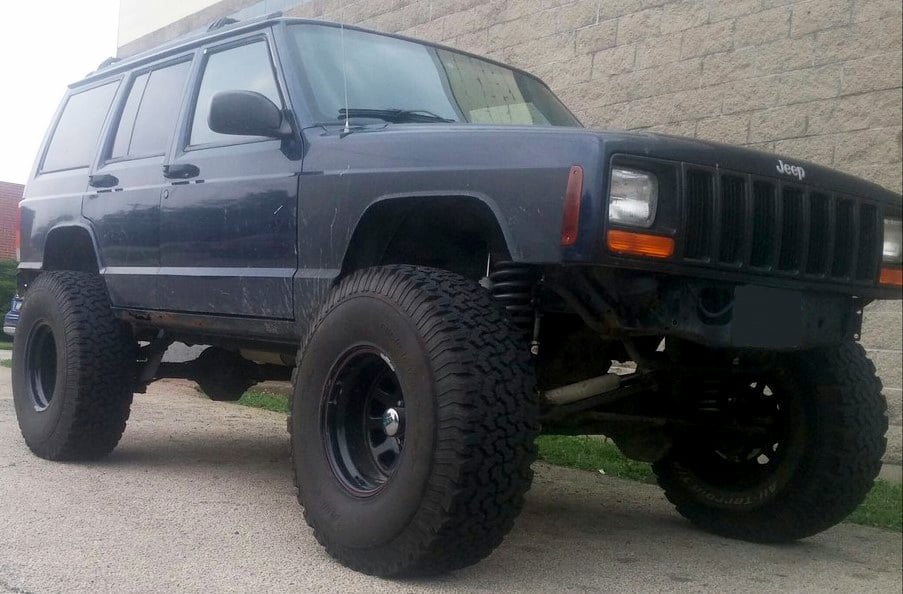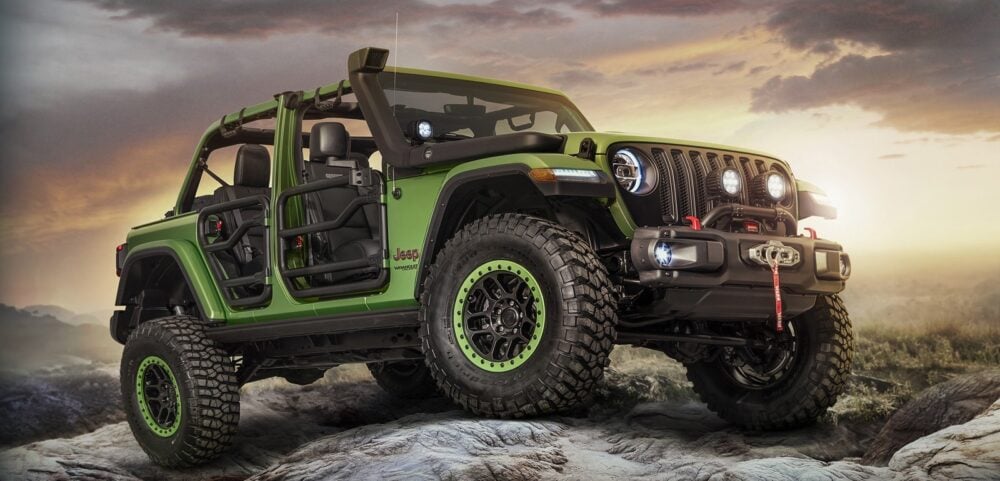
The right set of wheels can bring out the best in your vehicle, in terms of aesthetics and even performance. That’s why upgrading the wheels on a vehicle is a common enhancement for many vehicle owners, whether they are in pursuit of performance or not. It’s one of the best ways to add some uniqueness to an otherwise mainstream vehicle that comes with a stock wheelset from the factory or a few uninspiring designs.
When upgrading your wheels, there are several factors you must consider. These include the maximum permissible rim size, maximum possible rim width, largest tire that can be accommodated, tallest wheel and tire combo that can be used, wheel offset, backspacing, and bolt circle diameter to name a few. It’s important to consider all these factors because they can cause issues if not properly addressed.
For example, if your wheels are too large, they might rub against the fenders or knock against suspension components when hitting a bump or pothole. Your vehicle’s handling may be adversely affected, and you might run the risk of a tire blowout if there is continuous contact between your tires and the body of your vehicle over time. To avoid this, you might need to perform additional modifications to your suspension and extend your wheel arches. Now, you can see how a poor choice of wheel can quickly lead to more modification work and the resulting expenses.
Now let’s talk about wheel offset. We’ll tell you what wheel offset means and how you can use a wheel offset calculator to help. If you’re thinking about upgrading your wheels, just talk to our friendly JEGS experts, and they’ll take you through wheel offset, plus all of the other factors described in the previous paragraph.
What Is Wheel Offset?
Broadly speaking, wheel offset is the measurement between the centerline of the wheel, and the point where its mounting flange meets the vehicle’s hub. If the mounting flange and the centerline perfectly match, the wheel is said to have zero offset. However, most wheels have some degree of offset. Offset can be positive (where the flange is outside of the centerline) or negative (where the flange is inside of the centerline).
Let’s put it in a slightly simpler manner. With positive offset, your wheels will sit further inside your wheel arches, while negative offset can give you that “wheels-out” stance. As you may imagine, either scenario can cause issues if you’ve gone outside your vehicle’s tolerances. For example, excessive positive offset can cause tires to rub against suspension components, while excessive negative offset can see them rubbing and scraping against the wheel arches. This is particularly critical for the front wheels since they steer as well as rotate. For example, a wheel of improper specification might perfectly fit when your steering wheel is straight but cause severe rubbing under full steering lock.
Fortunately, manufacturers build in a certain degree of tolerance for positive and negative offset, so it’s best to check your owner’s manual for the maximum permissible values that can be accommodated without modification.

What Is Wheel Backspacing?
Backspacing is the distance between your mounting plate and the inner flange of the wheel. It’s in effect, a combination of offset and wheel width. Backspacing typically comes into play when fitting wider wheels, as the new wheels will need a different offset to compensate for their increased width. If you’re a bit confused, just talk to our experts, and they’ll help you figure it out for your new set of wheels.
How to Measure Wheel Offsets
Let’s find out how to measure wheel offset. Firstly, remove the wheels from your vehicle if they are already installed, and lay them on the floor. Place a straight edge across the tire. This can be as simple as a straight piece of pipe or a plank of wood.
Now, measure the distance from the straight edge to the floor, and divide it by two. This results in the centerline measurement for your wheel.
Then, measure the distance from the hub flange to the straight edge. You’ll get the hub measurement, which will be a smaller number than the centerline measurement unless you’ve got some funky custom rim where the flange is entirely outside the centerline.
Subtract the hub measurement number from the centerline number. If the result is positive, you’ve got positive offset. If it’s negative, then you’ve got negative offset.
Wheel Offset / Backspacing Calculator
Enter the following values (leave the field blank for the measurement you want to find):
Wheel Width (in inches):
Backspacing (in inches):
Offset (in mm):
Can Offset Affect My Handling?
Yes, it can affect your handling, particularly at the front wheels, which do the steering as well as the driving (if your car is front-wheel drive or four/all-wheel-drive). You see, when you turn the steering wheel, the contact patch of your tires plus the centerline move in an arc rather than rotating about a fixed point within the tire. Try this small experiment to visualize it. Lay a pen on your table, hold one end, and swing the other. Notice how the tip of the swinging end doesn’t rotate on its axis but swings through an arc? The same happens with your wheel. This is called scrub radius because, in effect, your tires are scrubbing against the surface.
Adjusting offset results in changing scrub radius, and even though it may be by a minuscule amount, the keen driver will notice a difference in handling, particularly under faster driving and track conditions. We can’t definitively say if it will make your handling better or worse, as it varies from vehicle to vehicle. The best way to determine the effect on your vehicle is by careful trial and adjustment.
Wheels and Everything Automotive from JEGS
JEGS is your one-stop shop for everything automotive-related. You’ll find everything imaginable under one roof, and conveniently browsable via our website. You can thank our Founder Jeg Coughlin who decided to do something about the lack of automotive aftermarket retailers way back in 1960. Now safely with the second generation of the family, you’re assured of competitive prices, an excellent array of choices, and robust warranties where applicable. Choose JEGS and rest easy.





